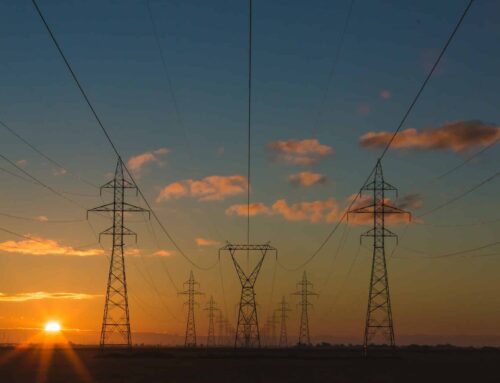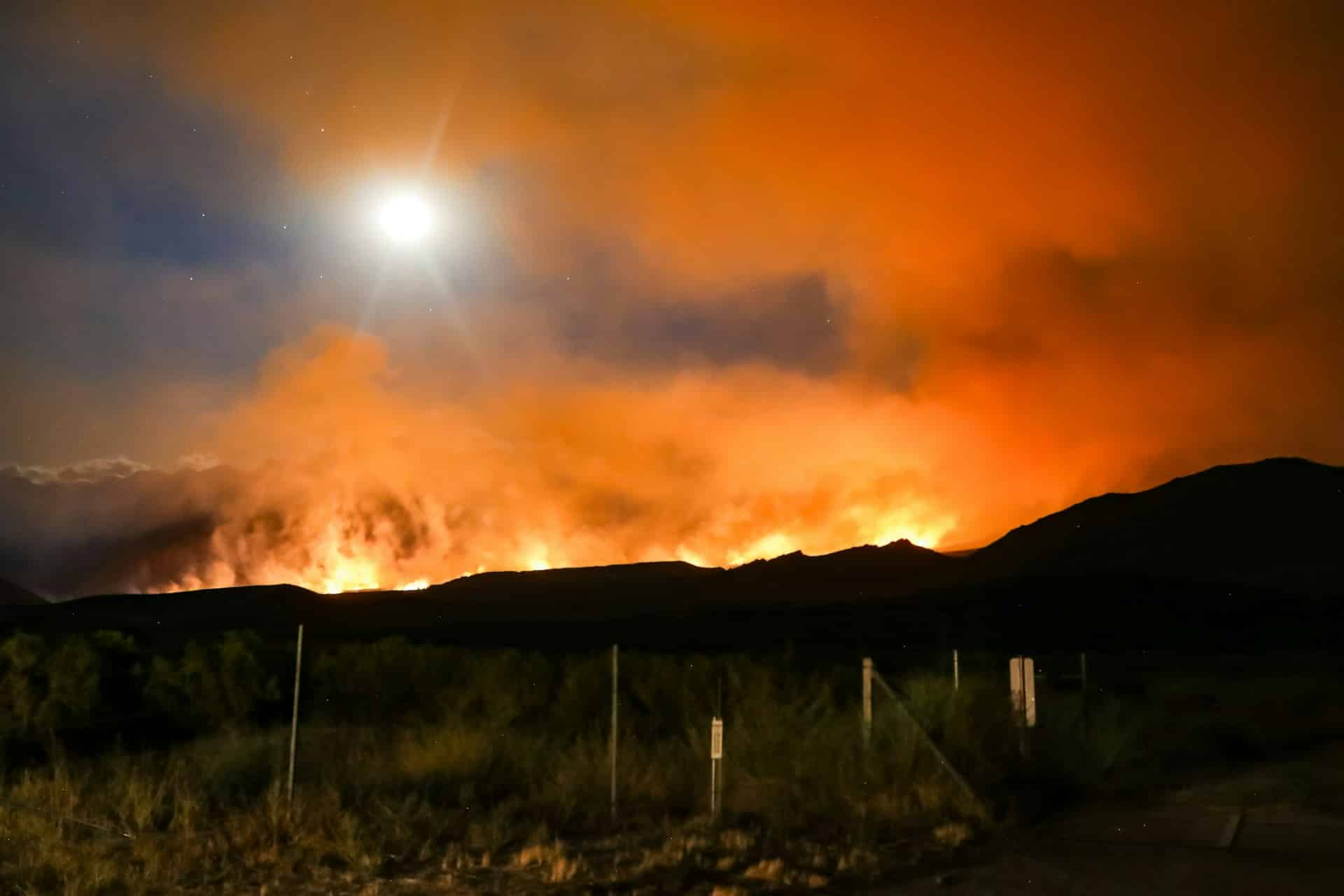Volume XVIII No. 18:
Sandy came roaring into New York and New Jersey six months ago this week. It’s been almost four months since lawmakers sent $60 billion to fund relief and recovery efforts – $50.3 billion for recovery, $9.7 billion for flood insurance claims. It’s a good time to check in and see where we are and where we are going.
Rebuilding after disaster is a fiscally perilous time. The large pots of money are like chum in the water for sharks. There are people more than willing to take advantage of the nation’s generosity to bilk taxpayers and those affected out of cash. For this reason, one thing taxpayers can be thankful for is that the Recovery Board, which monitored the stimulus spending, is being extended to monitor the Sandy funding. Whether you liked or hated the stimulus, www.recovery.gov and the board’s reports were an invaluable tool for tracking the money.
But what is that money buying us? The biggest chunk of cash – $16 billion – went to the Department of Housing and Urban Development to disburse as Community Development Block Grants (CDBG). This money could be used to help rebuild communities and infrastructure and even could be used to pay for the portion of a Corps of Engineers storm and flood damage reduction project locals are normally required to cover (known as cost share). Back in March the Department announced that $5.4 billion of the CDBG funds were going to the five states most affected by Sandy, with the vast majority of the cash going to New York State ($1.7 billion), New Jersey ($1.8 billion), and New York City ($1.8 billion). Each entity receiving funds had to come up with an action plan of how the money was going to be sent, and once that was approved, the check would be in the mail. That still leaves $11 billion burning a hole in HUD Secretary Shaun Donovan’s pocket. In reality that could be okay. Too much cash too fast is often a recipe for waste. Rebuilding smarter and better post-Sandy is going to take time, and it’s critical to get it right. But on the other hand, because of the way the emergency “Sandy” spending bill was written, any state that had a major disaster since 2011 is eligible. That is 47 states (sorry, Arizona, Michigan, and South Carolina). People were sold on this legislation because of Sandy. It is critical that the vast majority of the funds go to those areas.
Another agency that got a big chunk of change was the U.S. Army Corps of Engineers. The agency received $5 billion, which is basically the agency’s annual budget. The $3.5 billion set aside for construction of projects – most at full federal expense – represents double the annual construction budget for the Corps. The Corps funding has been trickling out, but this represents the most important spending in the bill. Many locations are pushing more beach building and berms (man-made dunes) but buyouts and relocations will make more sense in some areas. There is still risk in these areas and Sandy proved they are vulnerable.
The Department of Transportation got more than $10 billion, the bulk of which is to rebuild transit. More than a quarter of that funding has already been allocated and more will be forthcoming in the coming months.
Other agencies got smaller amounts of cash, but those three (HUD, Corps, and Transportation) represent 60 percent of the Sandy relief cash. It’s time for Congress and the Recovery board to scrutinize where the funding is going and if it is making communities, infrastructure, and people less vulnerable in the future.
Speaking of the future, policymakers need to reorient the myopic and balkanized government approach to disaster prevention/mitigation/response. Taxpayers deserve better policy solutions for more inter-agency coordination and better pre-sponding and responding to disaster, and stronger infrastructure investment to prevent disaster and increase resiliency. We shouldn’t have to wait until another disaster to get it right.














Get Social